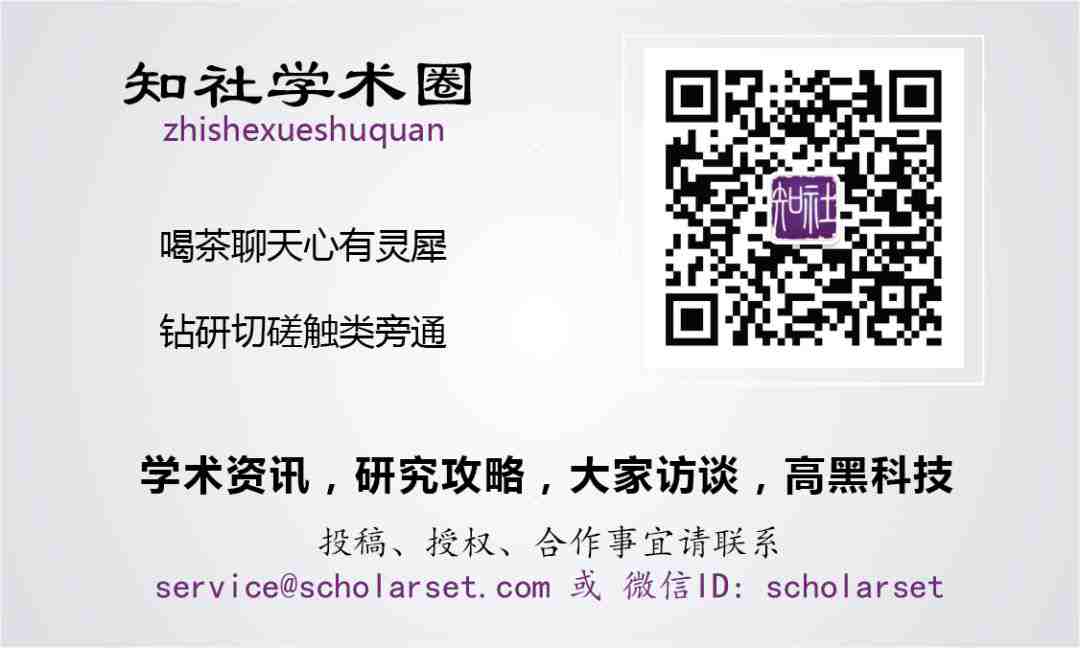npj:电池层状氧化物阴极材料—SCAN meta-GGA密度泛函精确预测

海归学者发起的公益学术平台
分享信息,整合资源
交流学术,偶尔风月

目前,全球对能源储存的需求不断增长。锂离子电池被视为满足这些需求的最有前途的技术之一,但阴极的电化学活性材料是制约现代锂离子电池能量存储的关键因素。而层状锂嵌入过渡金属氧化物,便是锂离子电池有望选择的阴极材料。目前,不同锂嵌入极限下阴极材料的结构、磁性和电化学性能如何尚不清楚。
现在来自以色列Bar-Ilan大学的Dan Major等,梳理了最近开发的强约束和适当规范(SCAN)密度泛函方法,并以此研究了三种原型层状阴极材料LiNiO2、LiCoO2和LiMnO2在不同Li嵌入极限下的结构细节、带隙、磁性、电子结构和形成能。他们的研究证明,SCAN优于早期流行的功能组合,在不使用Hubbard参数情况下,能提供与实验更为一致的结果,并发现其对色散校正影响很小。特别地,SCAN比Perdew-Burke-Ernzerhof(PBE)函数能更好地预测带隙和绝对电压,优于PBE + U预测电子态密度和电压分布,也优于PBE和PBE + U预测电子密度和原位晶格常数。SCAN整体性能表现更好,可归因于局域态处理的改进和短程色散相互作用的更好描述。可见,强约束和适当规范密度泛函方法可作为精确预测材料性质的通用方法。
该文近期发表于npj Computational Materials 4: 60 (2018),英文标题与摘要如下,点击左下角“阅读原文”可以自由获取论文PDF。

Predicting accurate cathode properties of layered oxide materials using the SCAN meta-GGA density functional
Arup Chakraborty, Mudit Dixit, Doron Aurbach & Dan T. Major
Layered lithium intercalating transition metal oxides are promising cathode materials for Li-ion batteries. Here, we scrutinize the recently developed strongly constrained and appropriately normed (SCAN) density functional method to study structural, magnetic, and electrochemical properties of prototype cathode materials LiNiO2, LiCoO2, and LiMnO2at different Li-intercalation limits. We show that SCAN outperforms earlier popular functional combinations, providing results in considerably better agreement with experiment without the use of Hubbard parameters, and dispersion corrections are found to have a small effect. In particular, SCAN fares better than Perdew–Burke–Ernzerhof (PBE) functional for the prediction of band-gaps and absolute voltages, better than PBE+U for the electronic density of states and voltage profiles, and better than both PBE and PBE+U for electron densities and in operando lattice parameters. This overall better performance of SCAN may be ascribed to improved treatment of localized states and a better description of short-range dispersion interactions.

扩展阅读
本文系网易新闻·网易号“各有态度”特色内容
媒体转载联系授权请看下方

最新评论
推荐文章
作者最新文章
你可能感兴趣的文章
Copyright Disclaimer: The copyright of contents (including texts, images, videos and audios) posted above belong to the User who shared or the third-party website which the User shared from. If you found your copyright have been infringed, please send a DMCA takedown notice to [email protected]. For more detail of the source, please click on the button "Read Original Post" below. For other communications, please send to [email protected].
版权声明:以上内容为用户推荐收藏至CareerEngine平台,其内容(含文字、图片、视频、音频等)及知识版权均属用户或用户转发自的第三方网站,如涉嫌侵权,请通知[email protected]进行信息删除。如需查看信息来源,请点击“查看原文”。如需洽谈其它事宜,请联系[email protected]。
版权声明:以上内容为用户推荐收藏至CareerEngine平台,其内容(含文字、图片、视频、音频等)及知识版权均属用户或用户转发自的第三方网站,如涉嫌侵权,请通知[email protected]进行信息删除。如需查看信息来源,请点击“查看原文”。如需洽谈其它事宜,请联系[email protected]。